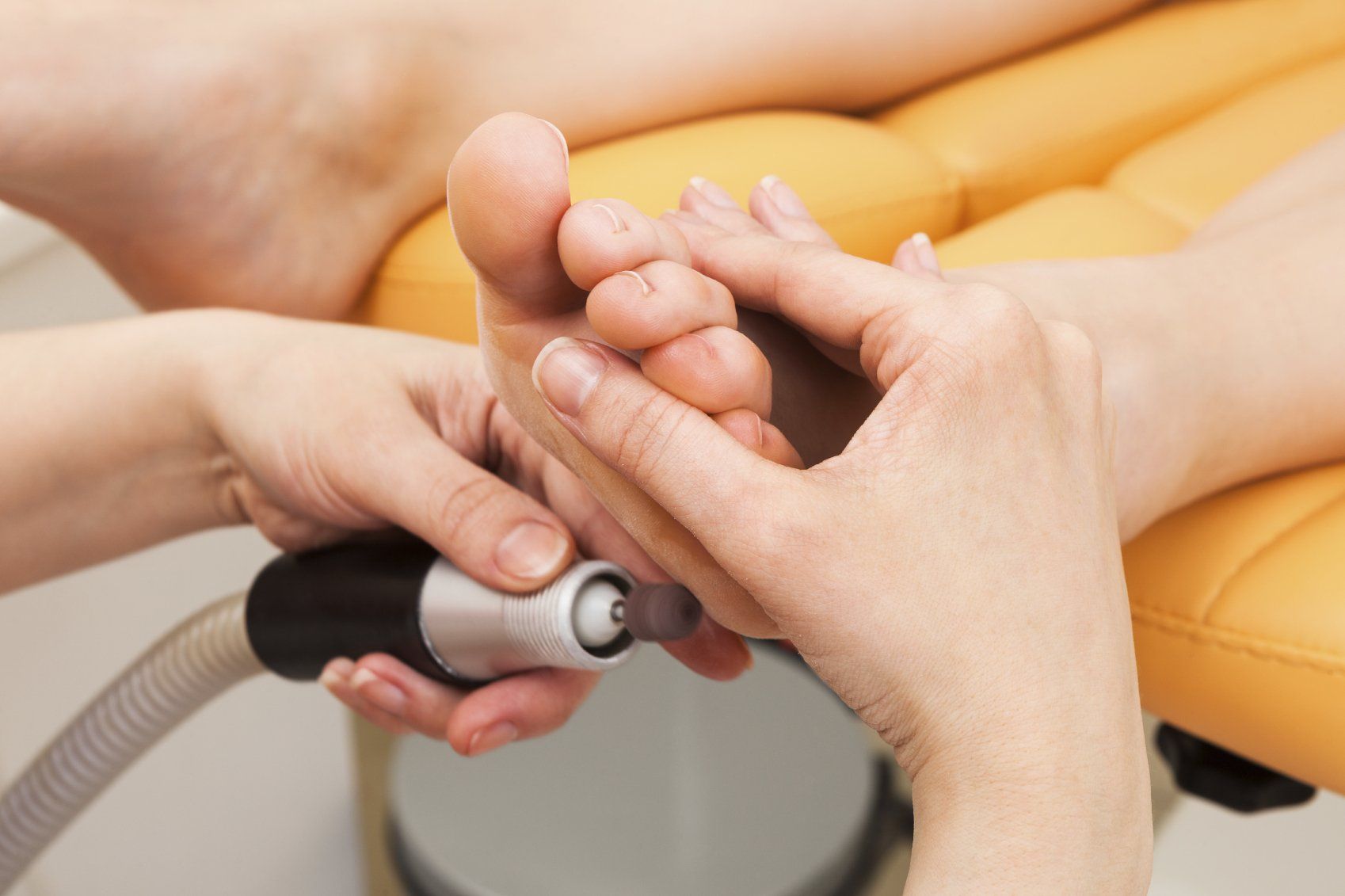Blog
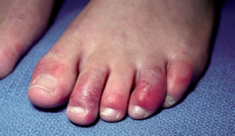
Symptoms of chilblains: *small patches of inflamed skin *usually form on hands or feet *can be itchy, tender or painful *Red or Blue in colour *They develop from exposure to cold or damp conditions . There are lots of different treatments for chilblains but often it is a combination of treatments that are the most effective. The key is to warm your feet up slowly. Putting your feet on the radiator to warm them up may seem tempting but this will actually worsen the condition. Socks made out of bamboo can help to keep your feet warm as the bamboo is thermo-regulating –keeping your feet cool in the summer but warm in the winter. We stock a wide range of bamboo socks that you can purchase directly from us. Footwear choice is also extremely important. Shoes with thicker shoes and insulating linings are really good at keeping your feet warm. Akileine Winter cream naturally helps to open the skin’s small blood vessels, encouraging the feet to warm up gently. If you are prone to chilblains it is usually a good idea to start using this cream from September up until March. You can purchase this from us here in our store.
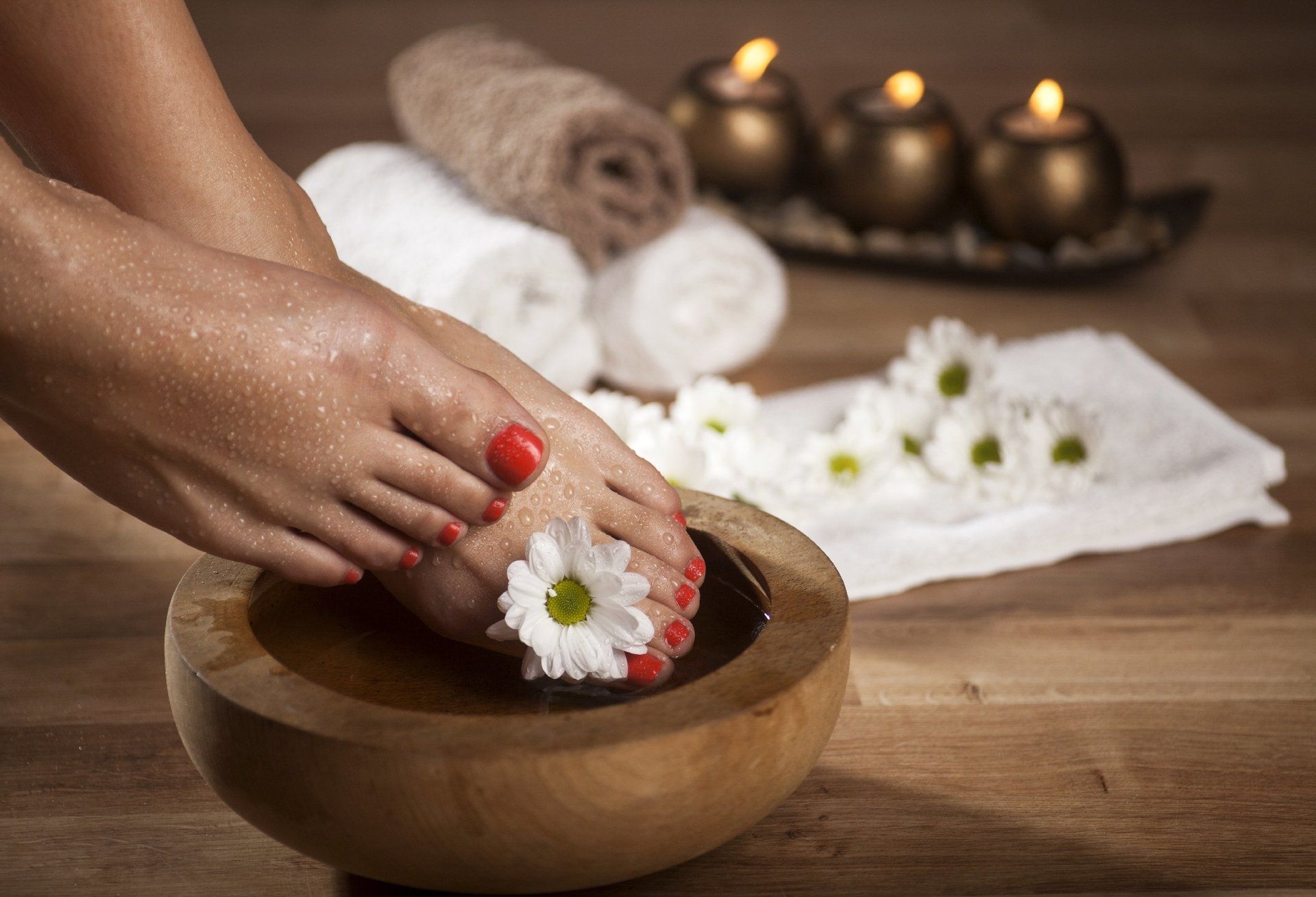
Tips For Healthier Toenails When it comes to foot health, it is very important to take great care of your toenails. Your toenails are often the first part of your feet that are impacted by infections, poor fitting shoes, and a host of other issues that can cause trouble for your feet. The following are nine tips that will help you achieve healthier toenails. Socks Choose socks made with moisture-wicking fabric One of the most common culprits behind infected toenails may surprise you: the socks you wear. Most socks are made with blended fabrics that tend to trap moisture. Fungi thrive in moisture-heavy environments, increasing your chance of developing toenail infections and athlete's foot. Make sure you choose socks that are made with moisture wicking fabric, which will wick away sweat and reduce your chances of fungal infections. Don't wear socks or shoes all the time It's important to give your feet a chance to breathe. This includes foregoing socks as well as shoes from time to time. Take off your shoes when you walk around the house when you come home. You can also consider going to bed without socks or taking off your socks while you enjoy leisure time around the house. However, note that if you are diabetic or have any conditions affecting your immune system, you should wear some footwear inside to protect your feet from cuts and other injuries. Avoid shoes that are too thin Shoes that are too thin will compress your feet. More particularly, they are likely to squeeze your toes, as they often have even thinner toe boxes. If your toes become compressed, this increases the chance of blisters, corns, and ingrown toenails. Always wear shoes that are the proper width for your feet. Baby Toenails Regularly inspect your nails How often do you inspect your toenails? Most people glance at them every once in a while and that's it. You should regularly inspect your nails for signs of infection, signs that they are not growing properly, discolouration or anything that may warrant a further look. Dry your toenails (and feet!) after they get wet Always dry your feet and toenails completely after they get wet from the shower or pool. It is essential to take special care to dry your toenails and the areas in between your toes, as these are common places where fungi thrive. Let your sweaty shoes "air" between wearing If you sweat into your shoes, you need to let them air before wearing them again. If you wear your shoes again too soon, they will still be somewhat damp, which means they are a perfect environment for fungi to thrive inside. If possible, have more than one pair of shoes that you can switch between while the other pair dries out. Keep your nails trimmed Longer toenails may look nice (especially painted fun colours!), but long toenails are likely to become broken or cracked when they rub up against the front of your shoe. Always keep your toenails neatly trimmed short. It is best to trim your toenails straight across rather than curved. If you spot an ingrown toenail, take action immediately to prevent the problem from worsening(see a podiatrist). Wear shoes in public areas It can be tempting to simply walk barefoot in the locker room after you take a shower at the gym, or walk barefoot around the public pool. But these are prime locations for athlete's foot and all types of infection-causing fungi. You should always wear some shoes in these types of public areas. Use anti-fungal powder in shoes If you find yourself prone to fungal infections, consider using anti-fungal powder in your shoes. This powder is designed to keep your shoes dry and kill any fungi that have made their way inside. Remember, you should do everything possible to prevent these toenail problems. If you are experiencing any issues with your toenails, consult a professional immediately so the problem can be adequately treated. *This blog contains general information about medical conditions and is not advice. You must not rely upon the information in this blog as medical advice. Medical advice should always be sought from an appropriately qualified podiatrist such as ourselves.

Fungal Nails can also be known as onychomycosis .and can affect the nail bed, root and plate . Symptoms can include: *Thickening & distortion of the nail *Crumbly or brittleness *Thickening & discolouration Treatments for fungal infections can be really successful but only if they are kept on top of. When using nail lacquers you could be looking at 9 months - 1 year before the infection begins to clear. Also it is important that you are applying the treatments regularly as missing applications can undo all of your hard work! It is important to note that if the nail bed has been damaged through trauma, treatment may improve the discolouration of the nail but not improve the thickness. Emtrix is available in our store .. The effective, Clinically Proven treatment for fungal nail infections Improves appearance of discoloured & deformed nails Has physical Keratoylic effect °grades the cells of fungi Increases Hydration Smoothes outer layers of the nail plate Changes the nails microenvironment & improves nail surface integrity, keeping the nail in good condition First signs of improvement are usually after 2-4 weeks of usage. Safe to use by diabetics & during pregnancy & breast feeding body content of your post goes here.
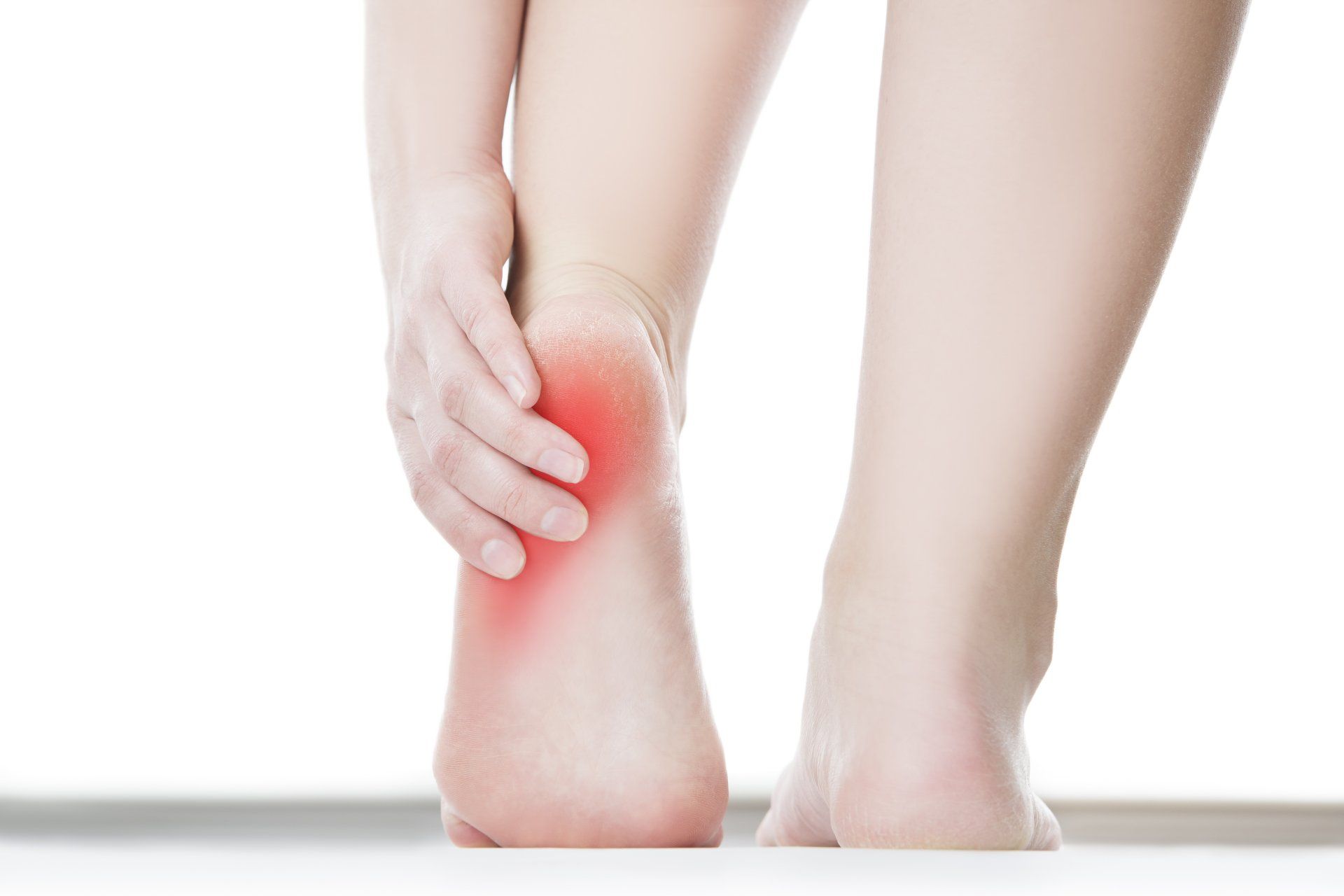
Heel pain is a common problem that many people face. There are a number of different causes of heel pain, and it can be tough to figure out what is causing the pain on your own. Whether it be a heel spur or plantar fasciitis, the best way to get to the bottom of the problem and find a solution is to make an appointment with a podiatrist. In the meantime, there are some simple techniques you can try at home to help alleviate the pain. You should start by being aware of the footwear you are wearing. Certain types of shoes and poorly fitting shoes could be the cause of or worsen existing heel pain. Strained arches can also cause painful heels. Consider not wearing high heels and flat flip-flops or sandals in summer. Instead, try to find a shoe with adequate arch support that keeps the heel raised slightly above the ball of the foot. If you're looking for ways to remove some of the negative effects that come with heel pain without spending a lot of money or time, give these techniques a try. They might just help you out! Wall Stretching Do this by standing, facing a wall, lean forward slightly, and place your hand's palm flat against the wall. Keep your feet flat against the floor and bring one foot in front of the other. After doing this, you should slowly lower yourself by bending your knees until you can feel the lower part of one leg stretch. Hold this position for roughly fifteen seconds and then swap feet and repeat these steps several times. The Resistance Stretch Using something to provide resistance, such as a wide belt, a rolled towel or a resistance band, sit on a chair holding both ends. Then put the centre of the band of the ball of one foot, maintaining a straight leg at the knee. You should then begin to gently pull your foot back towards you, tightening the muscles at the front of your leg. Try to maintain this position for ten seconds, then release and place your foot back on the floor. You can then swap to the other foot and repeat this process, try to do this for around five to ten minutes per foot. The Heel Raise Do this by standing on a raised platform with your toes and balls of your feet on the step and your heels hanging over the edge. Using a handrail or wall for support, begin to raise up to the balls of your feet and then slowly lower yourself back down. You should begin to feel this stretch at the back of your ankles and in your calf muscles in your leg. Repeat this ten times for three sets, taking a short break in between each set. The Foot Roll One of the most effective stretches you can do for your foot is a simple foot roll. You do not need any specific equipment for this stretch; however, you can use a proper rolling device if you have one. If not, you can use anything that fits comfortably under the foot and rolls, such as a water bottle or tennis ball. Begin this exercise by sitting down, ensuring you are not wearing shoes, placing your foot on the object, and rolling your foot over it with steady and even pressure. This is a therapeutic method of movement for your feet and will feel great; it can also help to alleviate the pain of plantar fasciitis. Using this method, you can attain further relief by using a water bottle and freezing it first. This is especially good in the summer months and is especially good for relieving tired and aching feet. For all the above methods, please remember to listen to your body. If you are experiencing any unexpected pain or discomfort, please stop. Further pushing your body when you are experiencing pain can cause further issues or worsen existing problems. These stretches are designed to help you alleviate some pain and discomfort, but this will most likely not be a complete cure to your heel pain. For the best and most effective treatment, you should visit a podiatrist. This way, we can analyse your gait and assess your feet to try and determine the root cause of your heel pain and fix the problem. If you are suffering from heel pain and would like a professional opinion, contact us today. We do have available in our store items which may be of assistance :ie. Arch Support footwear .Shoe Arches, arch support insoles...please take a look ! *This blog contains general information about medical conditions and is not advice. You must not rely upon the information in this blog as medical advice. Medical advice should always be sought from an appropriately qualified podiatrist .
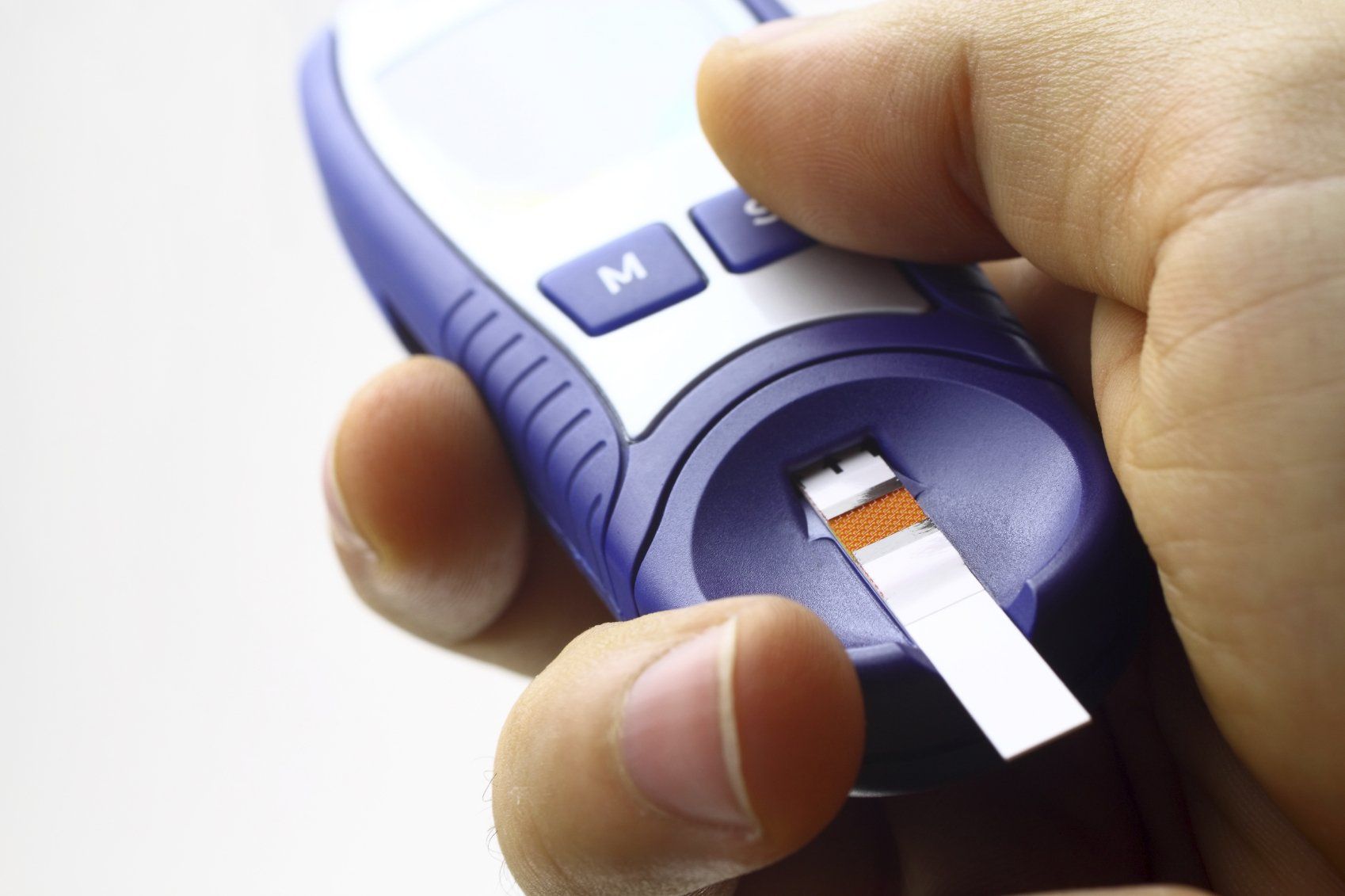
Diabetic foot complications, when left untreated and unmitigated, can lead to a number of wide-ranging and severe conditions. If left unchecked, diabetic foot complications can lead to long-term nerve damage, chronic wounds, extraordinary injuries, and deformities. Here at Help4feet we want to ensure you have all the information you need on your feet. That's why we wrote this blog to answer all of your questions: What can happen to my diabetic feet? 1. Nerves carry everything from touch and pain sensations to muscle movement signals, all while regulating digestion, hormone release, and many other automatic systems within the body. High blood sugar levels can cause inflammation, pinching your feet's nerve endings and ultimately leaving you feeling tingling pain in your toes, burning pain in your soles and early stages of numbness. If left untreated, numbness from the legs up can spread and result in permanent damage. 2. If your foot stops receiving blood flow, you may feel tingling or numbness in that area. You may even have trouble walking. People with diabetes can be at risk for these common foot problems - and they can come on quickly, especially if your blood sugar is too high or too low. 3. When your feet are in pain, you can't feel a cut or bruise, let alone broken bones, infections or other lingering issues. Poor circulation to your feet can leave you vulnerable to serious problems — even when they don't seem like a big deal at the time. 4. Bones, ligaments, tendons, and skin need nutrients to heal properly. Without them, they can weaken and tear, crack, or snap. If you have diabetes, your body can't heal as well. You're more likely to develop foot problems like bunions and hammertoes. 5. If your foot becomes infected, it can result in amputation. If you have diabetes or circulatory problems, you're more likely to develop a condition called peripheral vascular disease. This disease can lead to an infection that does not respond to antibiotics and amputation is the only option for some people. How can you prevent diabetic foot complications? 1. Checking your feet allows you to identify and treat any health issues before they become more serious. Your feet should have no visible cuts, bruises, lumps, or anything else that looks unhealthy or painful. Checking your feet is a good practice if you want to identify and treat any health issues before they become more serious. This includes ingrown toenails, which can become infected if not treated. 2. Millions of diabetics worldwide battle with type 2 diabetes and its many complications. But what most people don't realize is that poor blood sugar control is how most foot problems develop — from ulcers to sores to calluses to infections. As a diabetic, you're more likely to suffer from peripheral vascular disease and experience foot pain, but you can improve your circulation with the right diet and medicine. 3. Wash your feet! It's as simple as that, yet so many people neglect this basic task. A lot of us suffer from dry and cracked skin on our feet and ankles, which can be painful and embarrassing. To keep your feet feeling fresh and rejuvenated, wash them at least once a day with lukewarm water and mild soap. If your feet are especially dry, apply a moisturizer to the cracked areas. 4. Leading diabetes associations recommend that individuals with the disease exercise for at least 150 minutes every week. Regular exercise can help you manage your sugar levels and keep your circulation flowing. However, you must talk to your doctor first and only participate in safe exercises like walking or swimming during moderate weathers. 5. Cut out alcohol and smoking to reduce your risk of diabetes-related complications and injuries. Living a healthy lifestyle gives you a better quality of life, improves your health and keeps you around longer for the ones you love! Talk to your doctor about alcohol and diabetes. Most doctors recommend that those with diabetes avoid drinking completely. If you have diabetes, talk to your doctor about setting up a plan for quitting smoking — this is especially important for people who have had heart attacks or strokes. We are a team of Podiatrists ,and are healthcare professionals who use your feet to help diagnose and treat different conditions, including infections, diabetes, or other vascular system diseases. It's important to visit a podiatrist regularly — at least once every year — to check for any ongoing problems (like ulcers) or early warning signs of damage. We provide you with a range of items (ie Bamboo diabetic socks ) to help with your foot healthcare .

